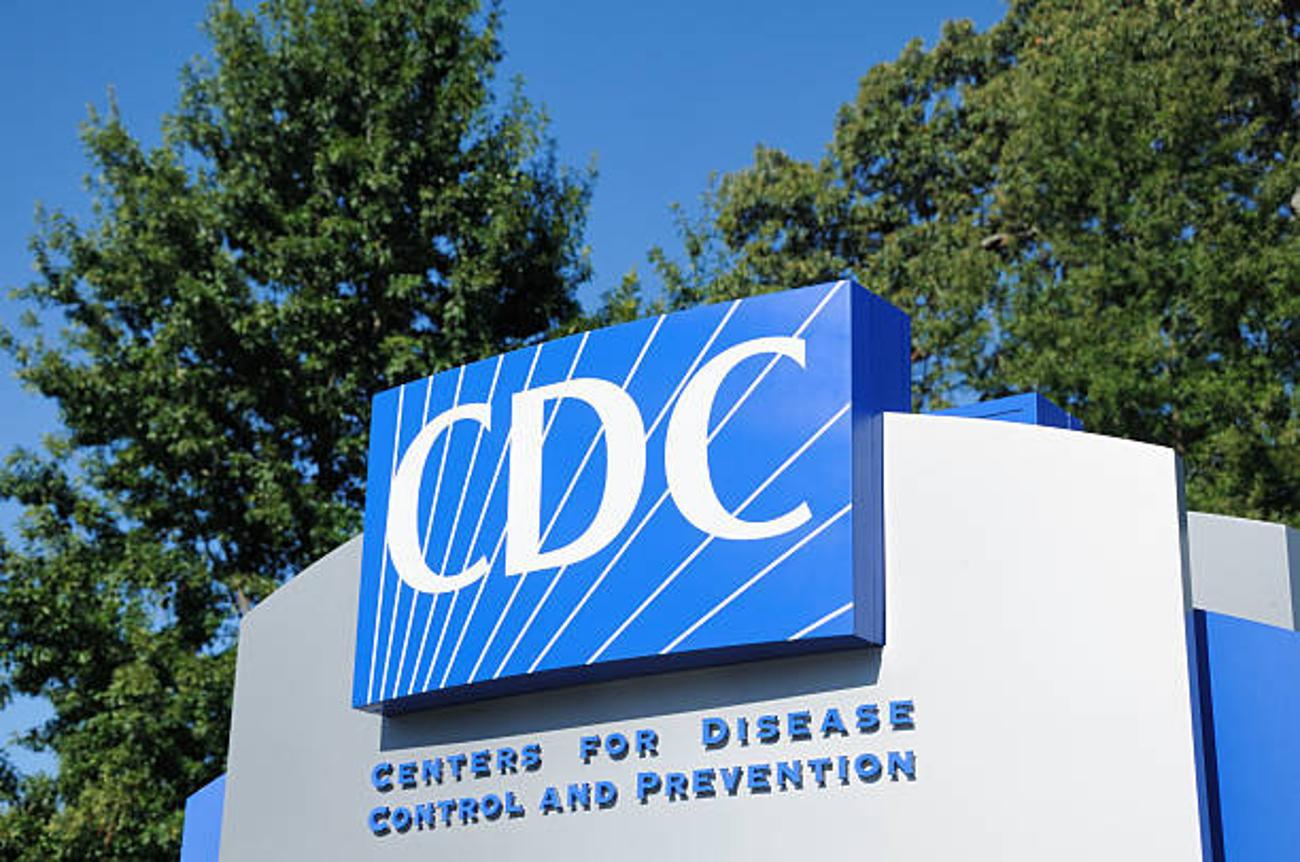Recent CDC data reveals a concerning surge in COVID-19 cases in Florida’s emergency rooms. The weekly average has reached 2.64%, levels not seen since the peak of last winter’s wave.
This surge places Florida among the highest in the nation during this summer’s COVID-19 wave, raising alarms about the virus’s spread.
Wastewater Analysis Shows Steep Increase

Key metrics, such as wastewater analysis, indicate a steep rise in COVID-19 cases in Florida. This method, used to track viral spread in communities, highlights the growing number of infections.
These findings align with the increasing emergency room visits, painting a comprehensive picture of the current surge.
Nursing Home Cases on the Rise

COVID-19 cases in Florida’s nursing homes have also seen a significant uptick. Vulnerable populations in these facilities are experiencing higher infection rates, contributing to the overall increase in emergency room visits.
This trend shows the need for continued vigilance and protective measures in these settings.
Western States Show Similar Trends

Florida’s surge in COVID-19 cases mirrors trends in some western states. Recently, these states have also reported increases in the virus’s spread.
For example, Hawaii saw some of the highest rates of emergency room visits in over a year before recently peaking, indicating a widespread issue across the country.
Nationwide Increases in COVID-19 Activity

The CDC reports that most states are now experiencing growth in COVID-19 cases. Emergency room visits, test positivity rates, and hospitalizations among adults aged 65 and older are all on the rise.
This nationwide trend suggests that the summer surge of COVID-19 is not limited to Florida and the West.
Summer Surge Predicted by CDC

The CDC has been cautious but consistent in predicting a summer surge of COVID-19. Recent increases in cases are coming off record-low levels seen in May 2024, following a rapid decline from the winter peak.
The CDC emphasizes that widespread and local surges are still possible, even during the summer months.
Historic Lows Followed by Recent Uptick

This past winter, COVID-19 peaked in early January and declined rapidly through February and March. By May 2024, the virus was at its lowest levels since March 2020.
However, recent data shows a concerning uptick, especially in states like Florida, highlighting the virus’ unpredictable nature.
Current Dominant Variants

The KP.2 and KP.3 variants are currently driving more than half of recent COVID-19 cases nationwide.
These closely related variants have become the dominant strains, contributing significantly to the recent surge.
LB.1 Variant Gaining Ground

Freepik
The LB.1 variant is the next most prevalent strain, accounting for 14.9% of cases.
This variant is accelerating in various regions, adding to the complexity of managing the current surge.
KP.4.1 Variant in the Southwest

In the region from New Mexico to Louisiana, the KP.4.1 variant has surged to 17.9% of infections as of June 22.
This new variant’s rapid rise clearly show the ongoing evolution of the virus and the need for continued monitoring and adaptation of public health strategies.
Comparison with Previous Peaks

Outside of Florida and the West, emergency room visits for COVID-19 are still far below previous peaks.
Even with recent upticks, the CDC considers overall nationwide COVID-19 activity to be relatively low.
Importance of Continued Vigilance

As COVID-19 cases rise, especially in Florida, continued vigilance and protective measures are crucial. The CDC’s data provides a glimpse of the unpredictable nature of the virus and the importance of staying informed and prepared.
By understanding the trends and dominant variants, we can, hopefully, better manage and mitigate the impact of future surges.








































